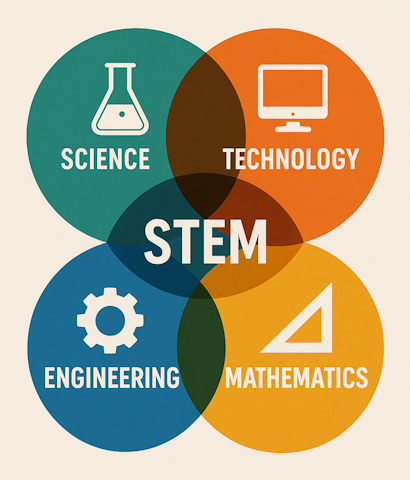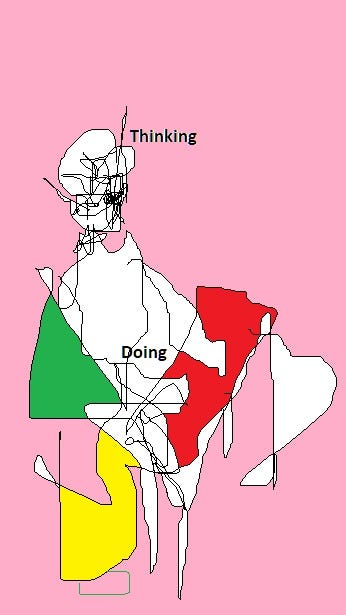
Education has for a long time been divided into subjects, as though the world itself were made of separate compartments. Mathematics here, science there, technology somewhere else — each taught as if it exists on its own. But life does not arrive in pieces. A bridge, a river, a circuit, a climate system — none of these belong to a single subject. They belong to the whole. Wholeness education begins from this simple recognition: learning should mirror the way reality is woven together, not the way schools have traditionally separated it.
STEM education — in the United States, China, South Korea, Singapore, the United Kingdom, Finland, India, Australia and beyond — is the first widespread step in that direction. It does not treat science, technology, engineering and mathematics as independent islands but as parts of one landscape. A student working on a project is not just learning physics or equations; they are learning how different forms of knowledge lean on one another to meet the real world.
In these classrooms, the lesson often begins not with a formula but with a question. How can we clean water in this village? How can a bridge hold more weight? How can a robot help someone who cannot walk? To answer, students test an idea, build a model, measure, correct, fail and begin again. Science helps them understand why something works. Mathematics helps them measure it. Engineering helps them shape it into form. Technology helps them bring it to life. Understanding does not wait until the end — it grows in the act of making.

Different nations have chosen this path for different reasons, but the movement is the same. In the United States, STEM began as part of a race for innovation and technological leadership. China made it a national priority after 2015, linking it to self‑reliance, robotics and renewable energy. South Korea and Singapore used it to build education systems that prepare students not just to remember, but to create. Finland dissolves subject boundaries through phenomenon‑based learning, where a topic like climate or energy becomes the meeting place of multiple disciplines. In the United Kingdom, India and Australia, STEM is shaping curricula, apprenticeships and new kinds of classrooms where knowledge and work touch.
What matters is not the acronym but the shift it represents. Traditional education asks students to learn and then, later, perhaps, to apply. STEM asks them to learn through application. Instead of storing facts for a distant future, students begin with the world as it is — uncertain, interconnected, unfinished. They are allowed to ask, to test, to fail, to refine. The goal is no longer perfect answers, but living understanding.
This is not a complete answer to education, but it is a turning point. It does not solve every human question. It does not replace history, literature, art or philosophy. But it restores something education had forgotten — that knowledge is not separate from life, and that learning is most powerful when it mirrors the wholeness of reality.
STEM is the beginning of that return. It teaches students not only what to know, but how things relate — how one idea touches another, how one field depends on the next, how understanding grows when the walls between subjects are thin. It is not the end of education. It is one of the first visible steps toward making learning whole again.
Expression in asym m etry.
